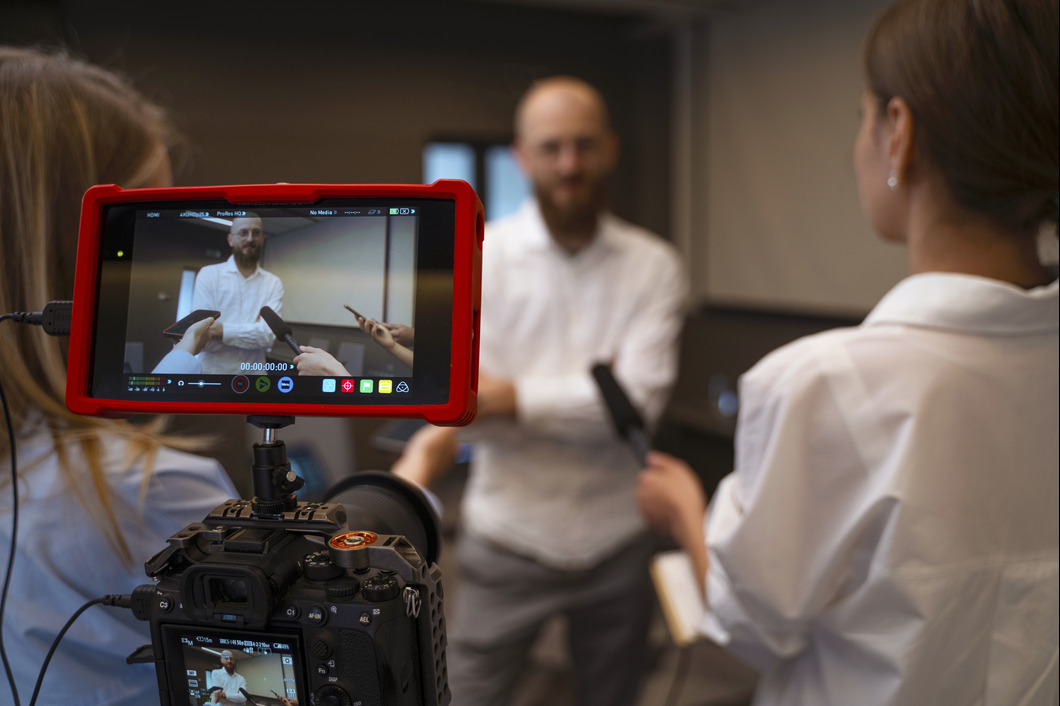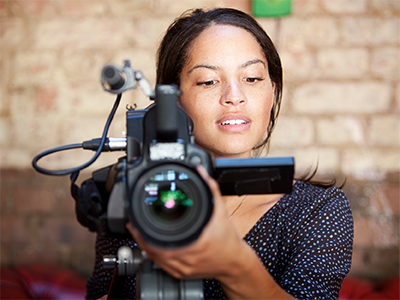Why Legal Videography Is Critical for Accurate Court Recordings
The function of legal videography in court room settings can not be overemphasized, as it works as an essential tool for preserving the integrity of court records. By capturing both spoken and non-verbal interaction, it enhances the clearness of witness statements and shows the subtleties of court room interactions. This detailed documents not only aids in decreasing possible misunderstandings however likewise sustains appellate reviews, therefore reinforcing the judicial procedure. However, the implications of incorporating legal videography into basic courtroom methods increase vital concerns concerning its wider impact on the legal system. What might these effects involve?
Significance of Visual Evidence
In the realm of lawful process, the relevance of visual proof can not be overstated. Aesthetic proof works as a powerful device in developing facts, affirming testaments, and improving the general clearness of a case. This kind of proof, which includes pictures, video clips, and layouts, can offer a tangible context that verbal descriptions usually do not have, thus providing juries and courts a clearer understanding of the circumstances surrounding a situation.
In addition, aesthetic proof aids in the retention of information. Human cognition is naturally aesthetic, and people are most likely to bear in mind and understand info presented in a visual style. In the court, this can be critical, as engaging visual evidence can sway point of views and reinforce the story presented by legal agents.
In addition, the use of aesthetic evidence can reduce misunderstandings and ambiguities that frequently arise from spoken exchanges. By giving a direct representation of events, aesthetic evidence helps to remove subjective analyses and cultivates a more objective evaluation of the truths. As a result, the assimilation of visual evidence right into legal process not only strengthens the stability of the judicial procedure however additionally improves the likelihood of attaining a simply end result.
Capturing Non-Verbal Cues
Utilizing innovative videography methods can considerably enhance the capture of non-verbal hints throughout lawful process. Non-verbal communication, consisting of faces, body movement, and eye contact, plays an essential duty in conveying emotions and purposes that may not be explicitly stated in spoken testimony. legal videography. Lawful videography utilizes high-definition cams and critical angles to make sure that these subtle hints are taped with clearness and accuracy
The capability to examine non-verbal behavior can provide useful context to declarations made during court sessions. As an example, a witness's reluctance or confidence can be analyzed through their position or gestures, potentially influencing the court's understanding of credibility. In addition, making use of close-up shots can aid concentrate on an audio speaker's expressions, permitting a more nuanced understanding of the testament.
In addition, integrating multiple video camera angles can develop a comprehensive view of interactions, highlighting characteristics in between events entailed. This complex method not only improves the precision of the court record however likewise help in protecting the stability of the judicial process - legal videography. Ultimately, recording non-verbal hints through legal videography cultivates a richer, use this link extra complete depiction of courtroom proceedings

Enhancing Testament Integrity
The dependability of testimony can be substantially reinforced with the usage of high-grade legal videography. Video recordings work as an objective medium that records not only the spoken words of witnesses yet likewise the subtleties of their delivery, including tone, pacing, and emotional expressiveness. This complex documents supplies a more clear understanding of the witness's credibility and purposes, which can be crucial in legal procedures.
Moreover, lawful videography decreases the capacity for misconceptions that may develop from created transcripts alone. When jurors can observe a witness's attitude and body language together with their testament, they are much better geared up to evaluate the authenticity and integrity of the evidence provided. This aesthetic context can reinforce the testimonial story, making have a peek here it more compelling and qualified.
Additionally, the presence of a video recording can prevent potential disparities in testament. Witnesses may be a lot more cautious in their declarations when they recognize they are being recorded, causing even more precise and sincere accounts. On the whole, high-grade lawful videography improves the honesty of testimony, guaranteeing that the court has access to a total and honest representation of the realities as communicated by the witnesses.
Supporting Appeals and Reviews
Legal videography plays a crucial function in sustaining appeals and testimonials by supplying a comprehensive aesthetic document of court procedures. This aesthetic paperwork captures not just the talked words of witnesses and attorneys however likewise the subtleties of body language, intonation, and court characteristics. Such components can be pivotal in understanding the context of testimonies and debates offered.
In the appellate process, where the focus gets on mistakes of law and procedural fairness, a video record can work as a crucial device for appellate courts. It makes it possible for courts to evaluate the initial trial context, making certain that decisions are based on a total understanding of the process. The ability to aesthetically examine the attitude of witnesses or the interactions between events can disclose understandings that created records may neglect.

Additionally, lawful videography can help in making clear uncertainties in statements or step-by-step rulings, consequently reinforcing the basis for an appeal. By supplying a reliable, unbiased account of what taken place in court, legal videography not only sustains the honesty of the legal process yet also equips all parties entailed to make informed decisions regarding their instances.
Streamlining Courtroom Processes
Enhancing court performance, legal videography improves procedures by supplying instant accessibility to aesthetic records of proceedings. This modern technology allows judges, lawyers, and juries to take another look at crucial testimony and evidence, ensuring that all parties have a clear understanding of the instance. By catching the subtleties of verbal and non-verbal interaction, videography enriches the record, making it less complicated to realize the context and weight of testaments.

Furthermore, video clip recordings can facilitate remote involvement in hearings, permitting higher flexibility in organizing and engagement, which is particularly valuable in intricate instances including numerous stakeholders.
Verdict
Finally, lawful videography plays a crucial function in making sure accurate court recordings by providing crucial aesthetic evidence that captures both verbal and non-verbal interaction. This method boosts the integrity of statements, supports appellate reviews, and streamlines court room processes. By promoting a comprehensive understanding of court characteristics, legal videography inevitably adds to a lot more equitable judicial results, reinforcing the integrity of the lawful system and assisting in notified decision-making.